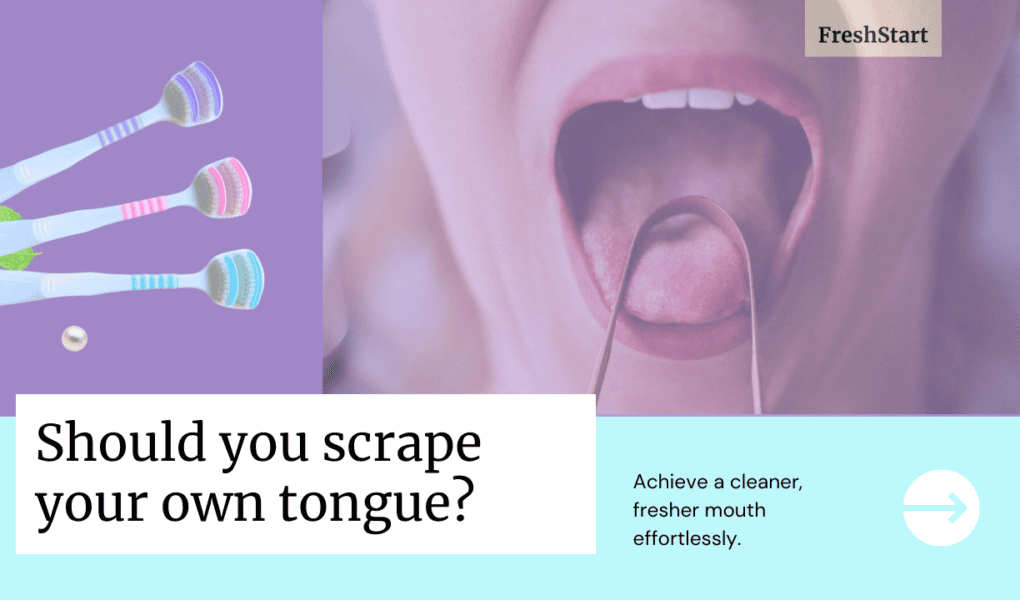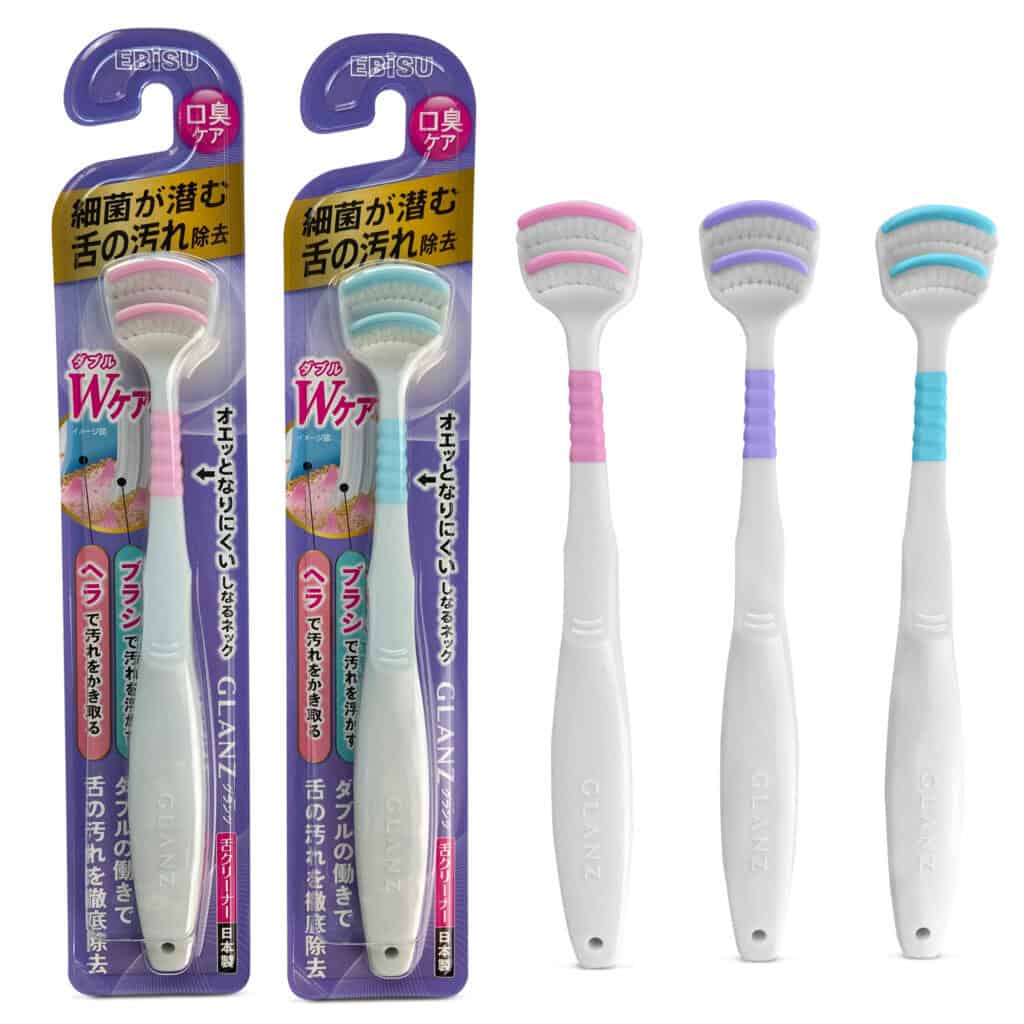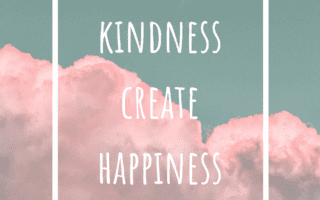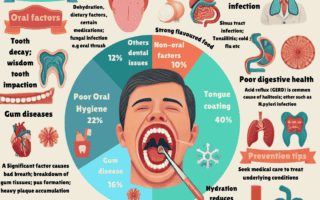Should you scrape your own tongue?
Absolutely! Being a dentist over 2 decades, I realised that one of the most underrated oral health care tools definitely is the tongue scraper! Scraping your tongue is an often-overlooked but highly effective way to improve oral hygiene. The last blog post explains the causes of bad breath, most of the case it is caused by imbalanced of bad bacteria within our oral cavities.
Our tongue harbours bacteria, food particles, and dead cells that contribute to bad breath and plaque buildup. Therefore, regularly using a tongue cleaner is highly essential to eliminate these residues and promote fresh breath.
Research published in the Journal of Periodontology found that tongue scraping can reduce the presence of volatile sulfur compounds (VSCs) responsible for bad breath by up to 80%, compared to a 45% reduction with just toothbrushing.
The benefit of tongue scrapers – the most underrated oral hygiene tool
While brushing and flossing are standard oral care practices advocates by your dentists , hygienists and all sorts of commercials saturated in our social media. For the use of tongue scrapers which often hiding in backstage, not surprisingly, many people would think it is just an optional tool.
The fact is, from both my professional and personal perspectives, we should all include at least one tongue scraper in our oral care routine. It should be placed together with our toothbrush, flossing as well as interdental brushes.
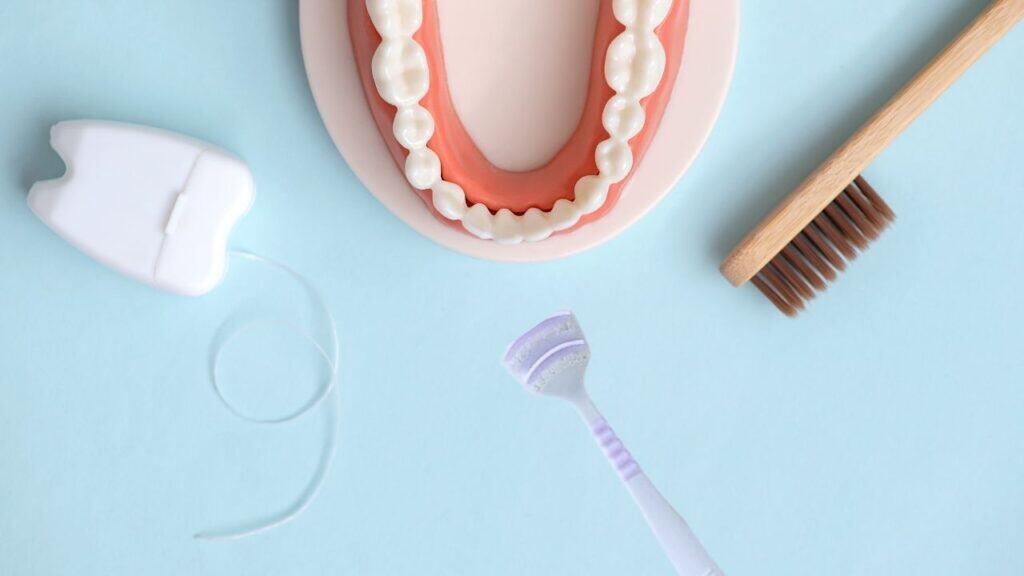
Many people don’t realized that brushing alone doesn’t remove bacteria from the tongue’s surface. A tongue cleaner, whether metal or plastic, is designed specifically to remove these unwanted elements, significantly reducing bad breath.

How to clean your tongue
- Choose a Tongue cleaner – Metal and plastic tongue scrapers are two main types of tongue scrapers.
- Toothbrushing first or tongue scraper first? – Use tongue scraper after toothbrushing, you will notice an extra freshness in oral cavity.
- Stick out your tongue – Extend your tongue to allow the tongue scraper reach the back of the tongue
- Scrape from Back to Front – Gently but firmly scrape your tongue from the back to the tip
- Repeat a few times – rinse the scraper between strokes and repeat 2-3 times
- Rinse your mouth – Use water to remove loosened debris, optional for mouthwash
- Clean you scraper – rinse and dry your tongue cleaner after each use
Bonus tips
If you experience gagging when reaching the back of the tongue, use a thin head of tongue cleaner which can definitely reduce the irritation to the throat.
What makes a good tongue cleaner? Plastic vs metal
- Plastic Tongue Cleaner – Lightweight, affordable, and widely available. Especially it is much softer to our dedicated tongue surface. Here is my personal pick
- Metal Tongue Scraper – More durable, easy to clean, and some might concern over sharp edges, and 2 hands manoeuvre.
How to clean your tongue scraper?
To keep your tongue scraper hygienic, rinse it thoroughly with warm water after each use to remove debris and bacteria. For a deeper clean, wash it with mild soap or an antiseptic mouthwash once a week. If using a metal scraper, you can also soak it in boiling water for a few minutes to disinfect it. Always dry your scraper completely before storing it to prevent bacterial growth. Replace plastic scrapers every few months or sooner if they show signs of wear.
This page contains affiliate links, which means we may earn a commission if you purchase through our links – at no extra cost to you.
